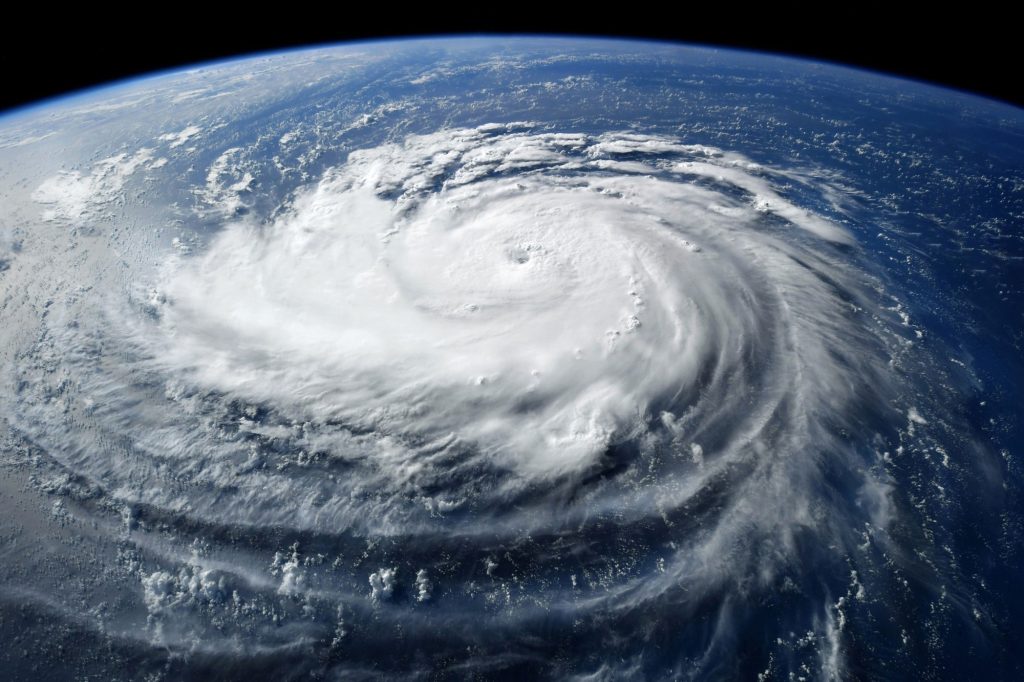People love trading weather myths like they’re facts. Yet a lot of these “facts” don’t hold up when scientists take a closer look, no matter how believable they might seem. Here are eight popular weather myths that are simply not true. Which of these fooled you?
Featured Image Credit: Shutterstock.
Cracking windows in a tornado doesn’t prevent damage
Plenty of families have passed down the claim that when a tornado’s coming, you should open the windows. But that’s bad advice. Opening windows lets more wind whip inside & ramps up the pressure. Lab tests with simulated tornadoes found that houses with forced openings suffered greater roof lift and worse wall strain than sealed ones. Keep them closed.
A green sky doesn’t prove a tornado is coming
Some storms give off a creepy green glow, which people claim is a sign of a tornado. That’s not always the case, though, as researchers have traced the color to thick water or hail in the clouds, bending sunlight toward green. Yes, it’s often linked to strong storms. But tornadoes can form under gray skies as well & plenty of green storms only drop hail.
Metal objects and phones don’t “attract” lightning
Wearing a necklace or carrying keys doesn’t pull lightning out of the sky. Even holding your phone isn’t enough to guarantee a lightning strike. These bolts connect to tall, isolated things because of how electric fields build up, not because of a ring on your finger. The metal will conduct it if a strike happens nearby, but it doesn’t lure it in.
Hurricanes can form at the equator
Ask most people, and they’ll swear hurricanes can’t happen on the equator. That’s almost always true. Storms need the Coriolis effect to spin & it’s weakest there. However, in 2001, Typhoon Vamei bucked the odds by appearing just 1.4° north of the equator near Singapore. It proved that hurricanes are possible this close to the equator.
Fresh snow isn’t automatically “clean”
Some people scoop up new snow & claim it’s pure enough to eat. You shouldn’t do that. In reality, snowflakes collect stuff as they fall, including soot & dust, even microbes. Studies show snow samples often contain measurable pollution & bacteria. This is especially true when the snow is downwind of industrial zones, and once it melts, those particles end up everywhere.
The eye of a hurricane isn’t always calm
It’s easy to think that the eye of a hurricane is a safe zone where nothing happens. And sure, it’s calmer than the eyewall, but it’s not guaranteed. Pilots who fly hurricane missions have seen winds still whipping inside the eye & dangerous ocean waves. As such, just because you see blue sky overhead doesn’t mean you’re out of trouble.
Thick clouds don’t always mean heavy rain
Despite what you might think, big, dark clouds aren’t always a sign of heavy rain coming. These clouds are dark because the light struggles to pass through a thick layer of droplets. It’s not necessarily because of a cloud stuffed full of rain. In fact, some of the scariest-looking skies barely sprinkle, while a thin gray layer higher up could force you to get an umbrella.
Cold weather doesn’t cause colds
So many people blame their sniffles on freezing air. But the real culprit is viruses. Studies show bugs like rhinovirus survive better in dry winter air, which is when people spend more time huddled indoors. Such a combination makes it easier for germs to spread. As such, you should blame the people you’re around, rather than the weather, for any illnesses during the winter.
The following sources were consulted in the preparation of this article:
- Characteristics of internal pressures and net local roof wind forces on a building exposed to a tornado-like vortex
- Exploring severe weather environments using CM1 simulations: The 29 August 2020 event in the Balearic Islands
- Assessment of Protection System Positioning and Models Using Observations of Lightning Strikes to Structures
- Typhoon Vamei: An equatorial tropical cyclone formation
- Snow Scavenging of Polychlorinated Biphenyls and Polycyclic Aromatic Hydrocarbons in Minnesota
- Wind Distribution in the Eye of Tropical Cyclone Revealed by a Novel Atmospheric Motion Vector Derivation
- Impact of aerosols on convective clouds and precipitation
- Influenza Virus Transmission Is Dependent on Relative Humidity and Temperature


